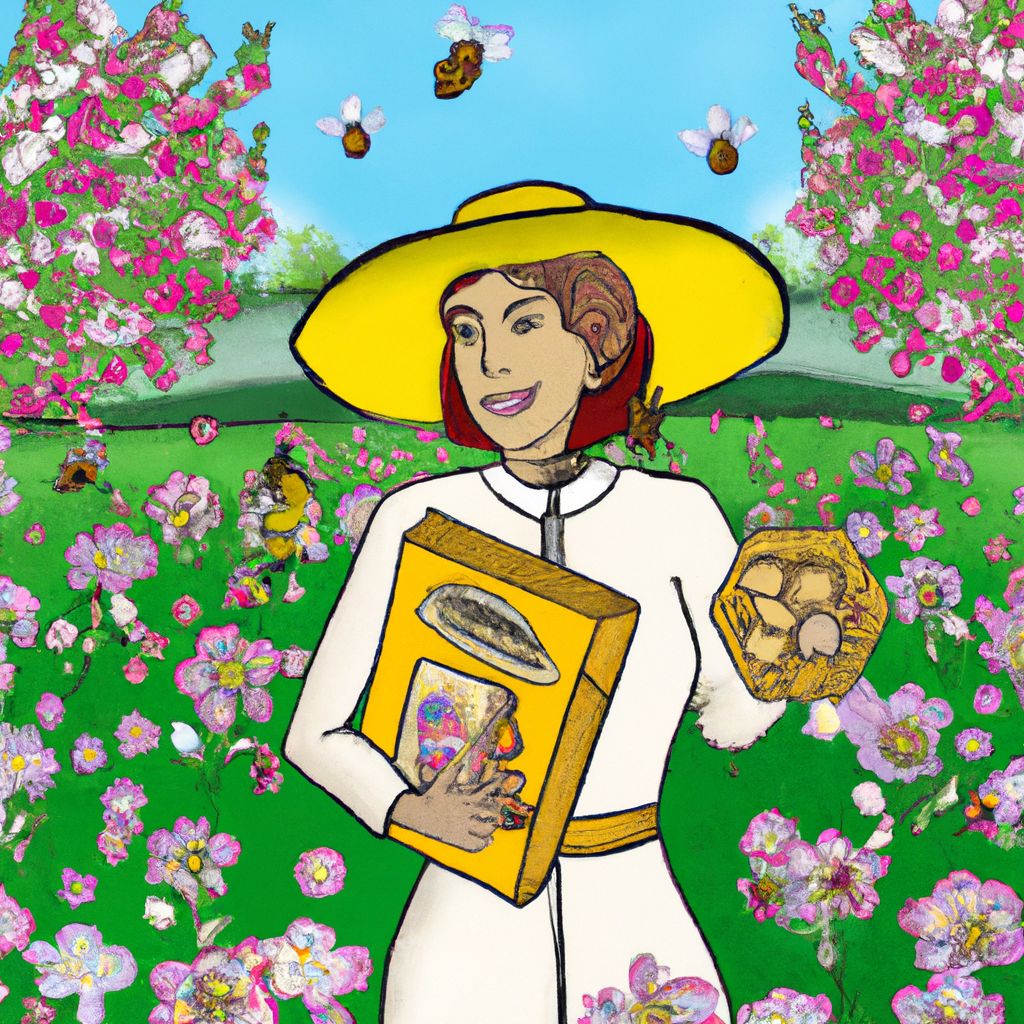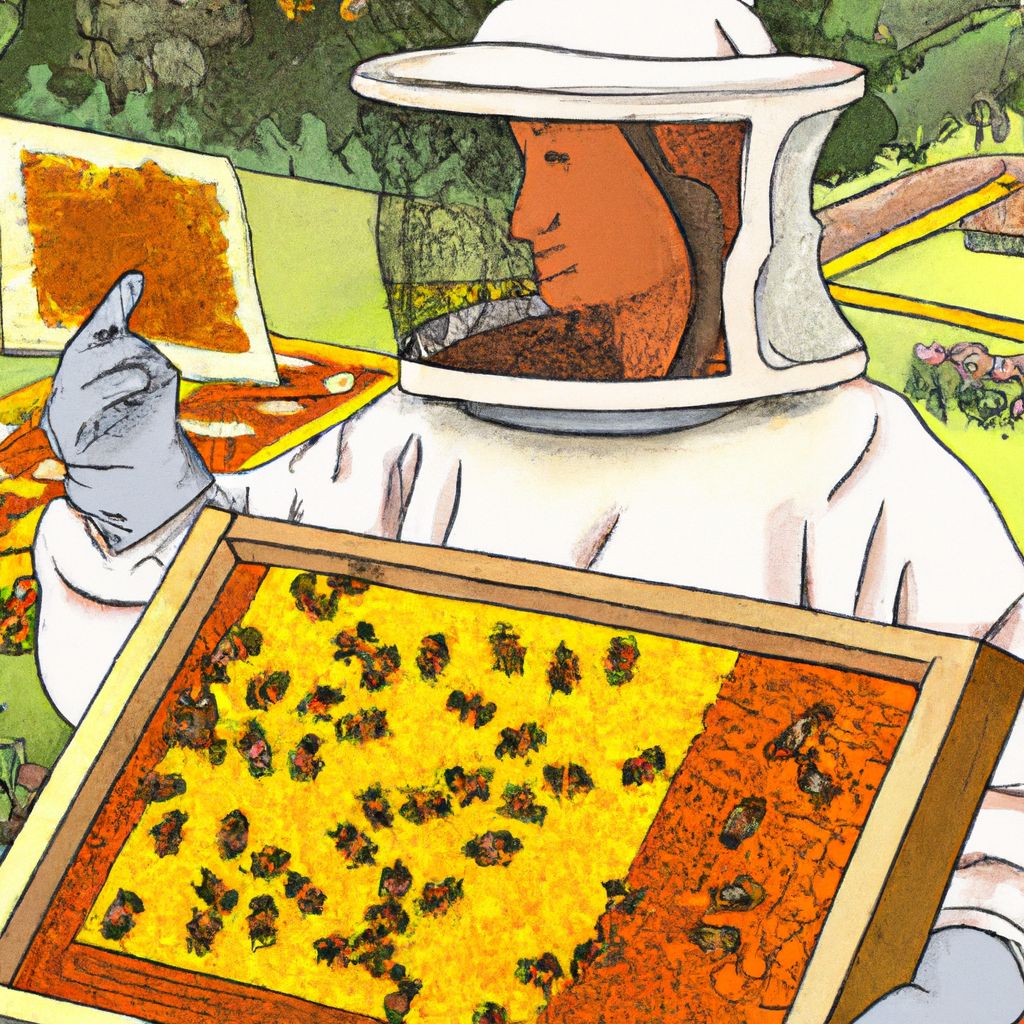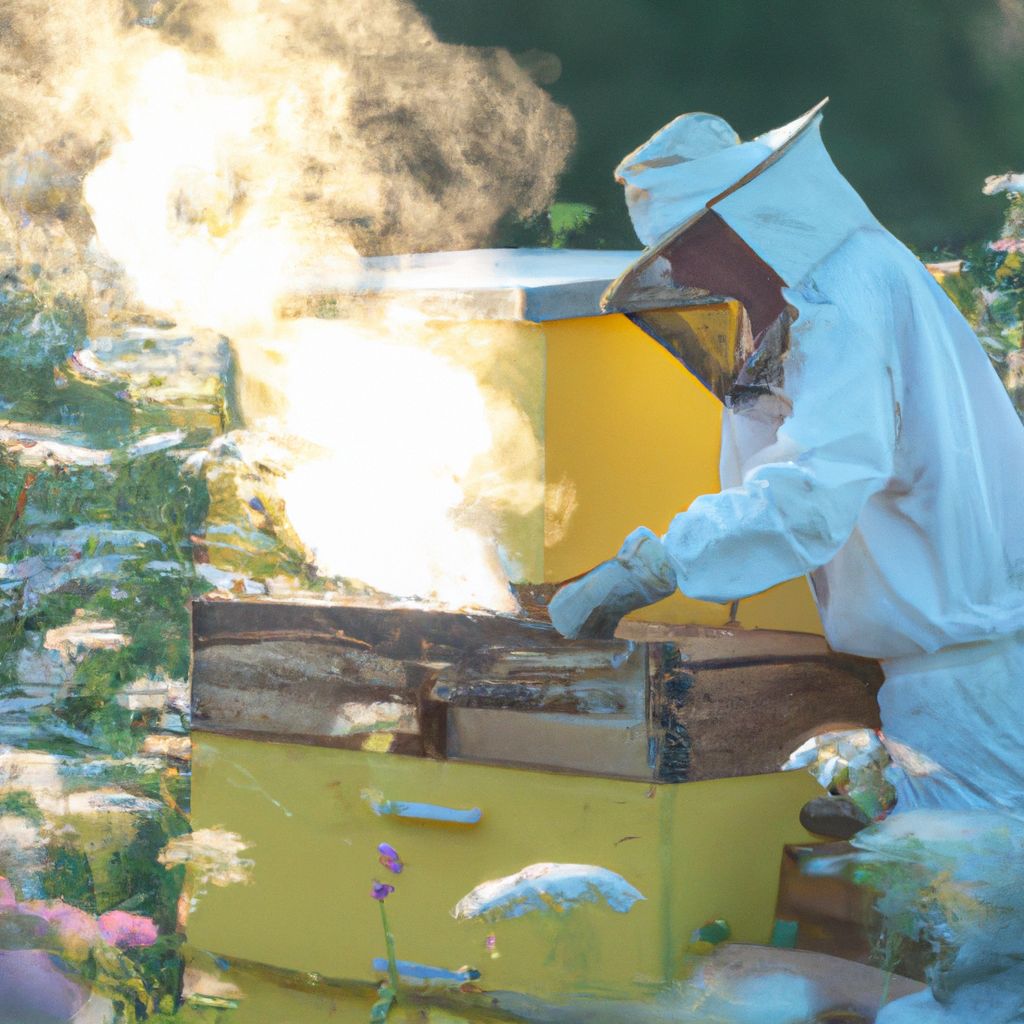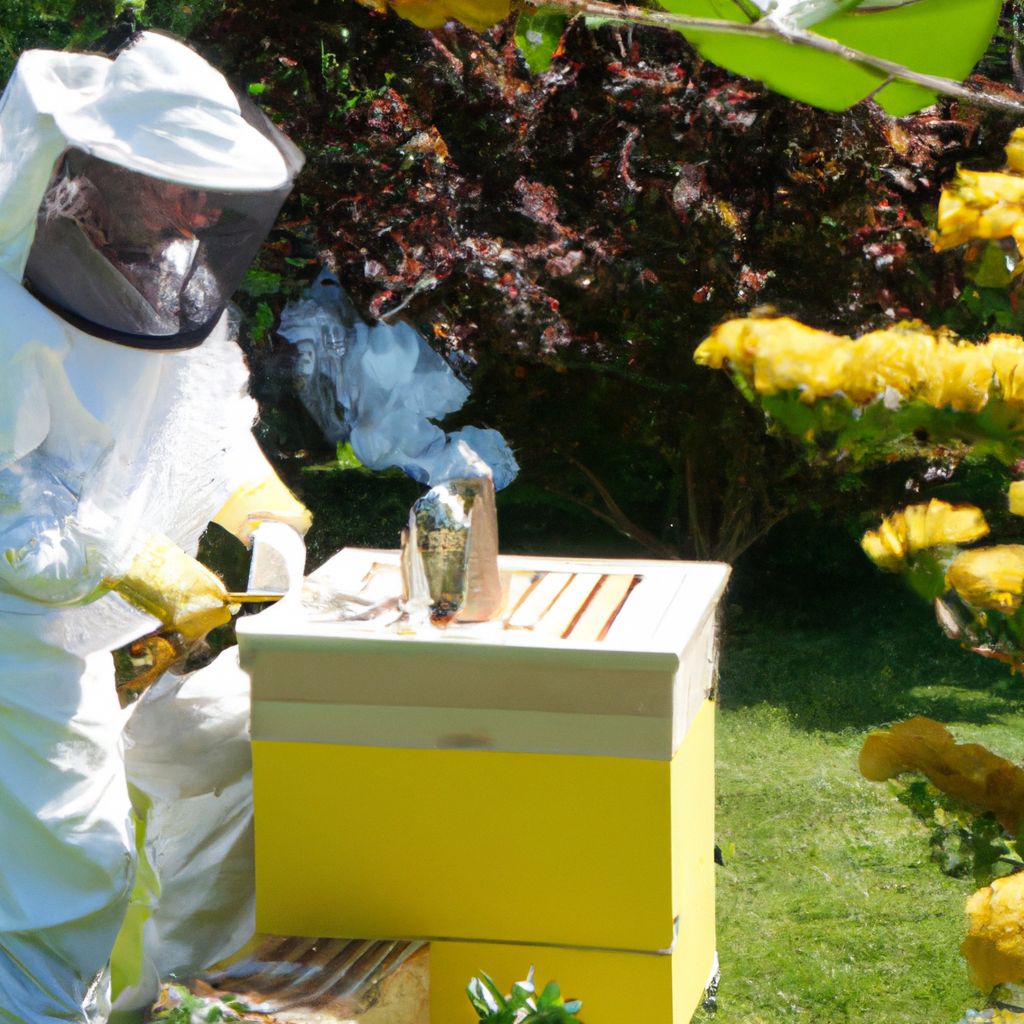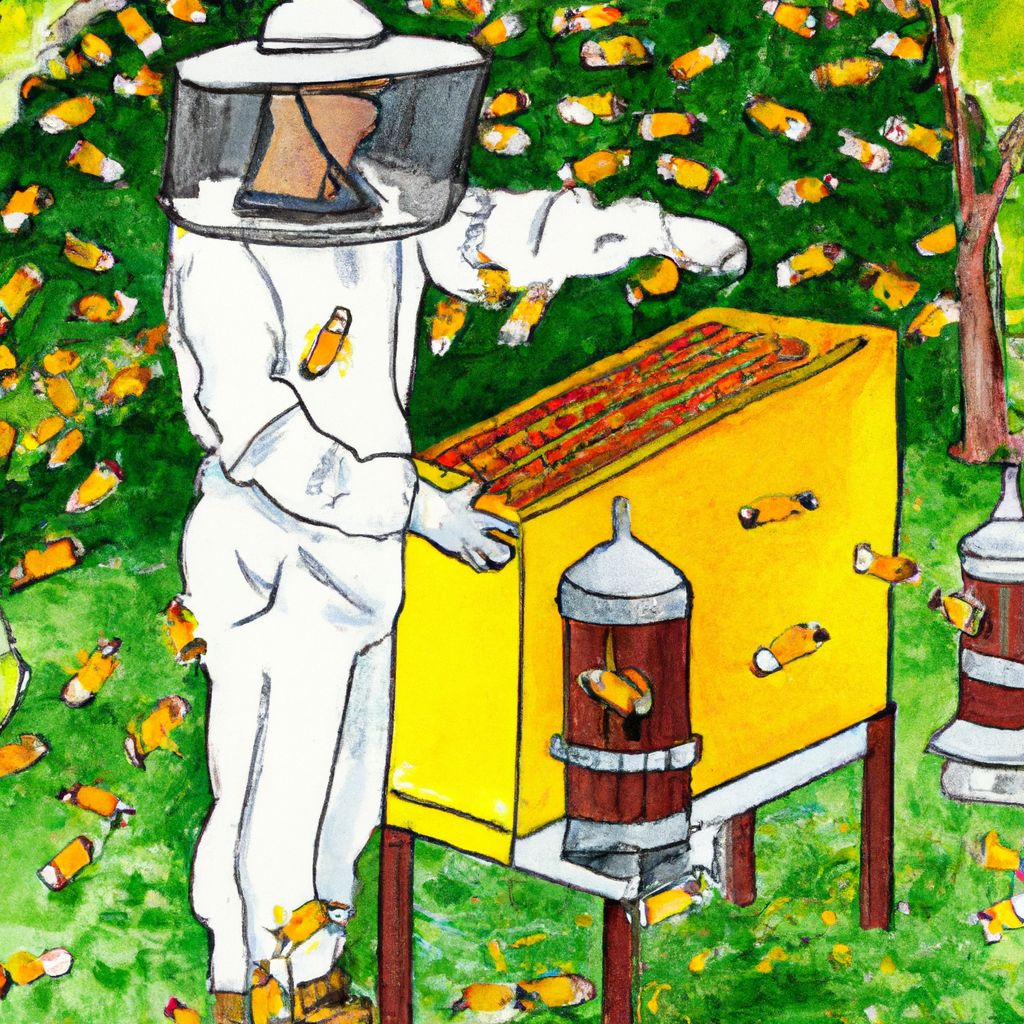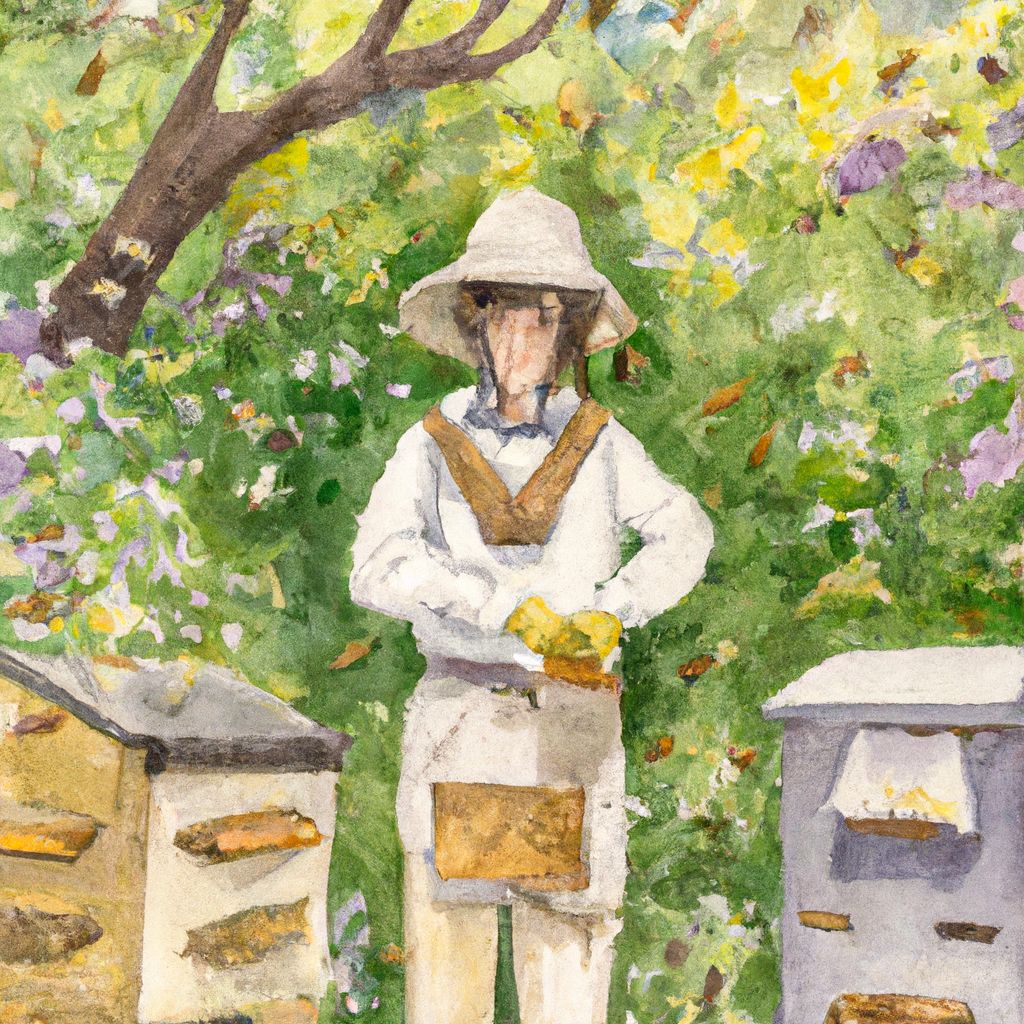Welcome to the buzzing world of beekeeping, a fascinating hobby and a sustainable way to contribute to the environment. In this comprehensive guide, we'll walk you through the basics of starting your own bee farm. Whether you're looking to produce honey, support pollination, or simply enjoy the company of these industrious insects, beekeeping can be an incredibly rewarding experience. Let's dive into the essentials of Beekeeping 101 and set the foundation for your apiary adventures.
Understanding the Basics of Beekeeping
Before you suit up and dive into the hive, it's crucial to understand the beekeeping basics. Get to know the life cycle of bees, the structure of a colony, and the role each type of bee plays within the hive. This foundational knowledge will equip you with the insights needed to manage your apiary effectively.
- Worker bees: These female bees do all the foraging, cleaning, and protecting of the hive.
- Drone bees: Male bees whose primary role is to mate with the queen.
- Queen bee: The only breeding female in the hive, responsible for laying eggs.
Choosing the Right Location for Your Bee Farm
Selecting the perfect spot for your hives is a pivotal step. You'll need an area that provides ample foraging opportunities, protection from the elements, and considerate placement to minimize any potential conflict with neighbors or pedestrians. Look for a sunny spot, with partial shade, and make sure it's not prone to flooding.
Investing in Quality Beekeeping Equipment
High-quality equipment is the backbone of a successful bee farm. Here's a list of essentials you'll need to kickstart your beekeeping journey:
"Remember, the right tools can make or break your beekeeping experience."
| Equipment | Use |
|---|---|
| Beehive | Home for your bees, typically a Langstroth or top-bar hive |
| Protective Gear | Including a suit, gloves, and veil to protect yourself from stings |
| Smoker | Calms bees during hive inspections |
| Hive Tool | For prying apart hive components and scraping wax |
| Feeder | To feed your bees sugar syrup or pollen patties during scarce times |
Acquiring Your Bees
Once you've got your location and equipment sorted, it's time to populate your hives. You can obtain bees through packages, nucs (nucleus colonies), or by capturing a swarm. Each method has its advantages and it's worth considering which best suits your circumstances.
Managing the Hive: Inspections and Maintenance
Regular hive inspections are essential to ensure the health and productivity of your bees. You'll need to keep an eye out for signs of disease, verify that the queen is laying eggs, and monitor honey and pollen stores. Maintenance tasks include managing the space within the hive, preventing swarming, and preparing the hive for changes in season.
Harvesting and Enjoying the Honey
The sweetest reward of beekeeping is, without a doubt, the honey. Learn the right time and method to harvest honey while ensuring your bees have enough to sustain themselves. Extracting, filtering, and bottling your honey can be a delightful experience, culminating in the taste of your very own, home-produced golden nectar.
- Checking for honey readiness
- Extracting honey using a centrifuge or manual methods
- Filtering out wax and impurities
- Storing and bottling
Navigating Challenges and Keeping Your Bees Healthy
Like any form of agriculture, beekeeping comes with its set of challenges. Pests like varroa mites, hive beetles, and wax moths can threaten your colony's health. Diseases such as American foulbrood or nosema must also be managed carefully. With vigilant monitoring and proactive treatment plans, you can overcome these hurdles and maintain a thriving bee farm.
Joining a Community of Fellow Beekeepers
Finally, don't overlook the value of connecting with other beekeepers. Join local beekeeping clubs, attend workshops, and engage in online forums. The collective wisdom of experienced beekeepers can be an invaluable resource as you navigate the sweet world of beekeeping.
Beekeeping is not just a hobby; it's a journey of continuous learning and respect for nature's intricate systems. By following these steps, you're on your way to establishing a flourishing bee farm that benefits the environment and brings joy to your life. Embrace the challenge, savor the rewards, and remember that every beekeeper was once a beginner. Let's get buzzing!


